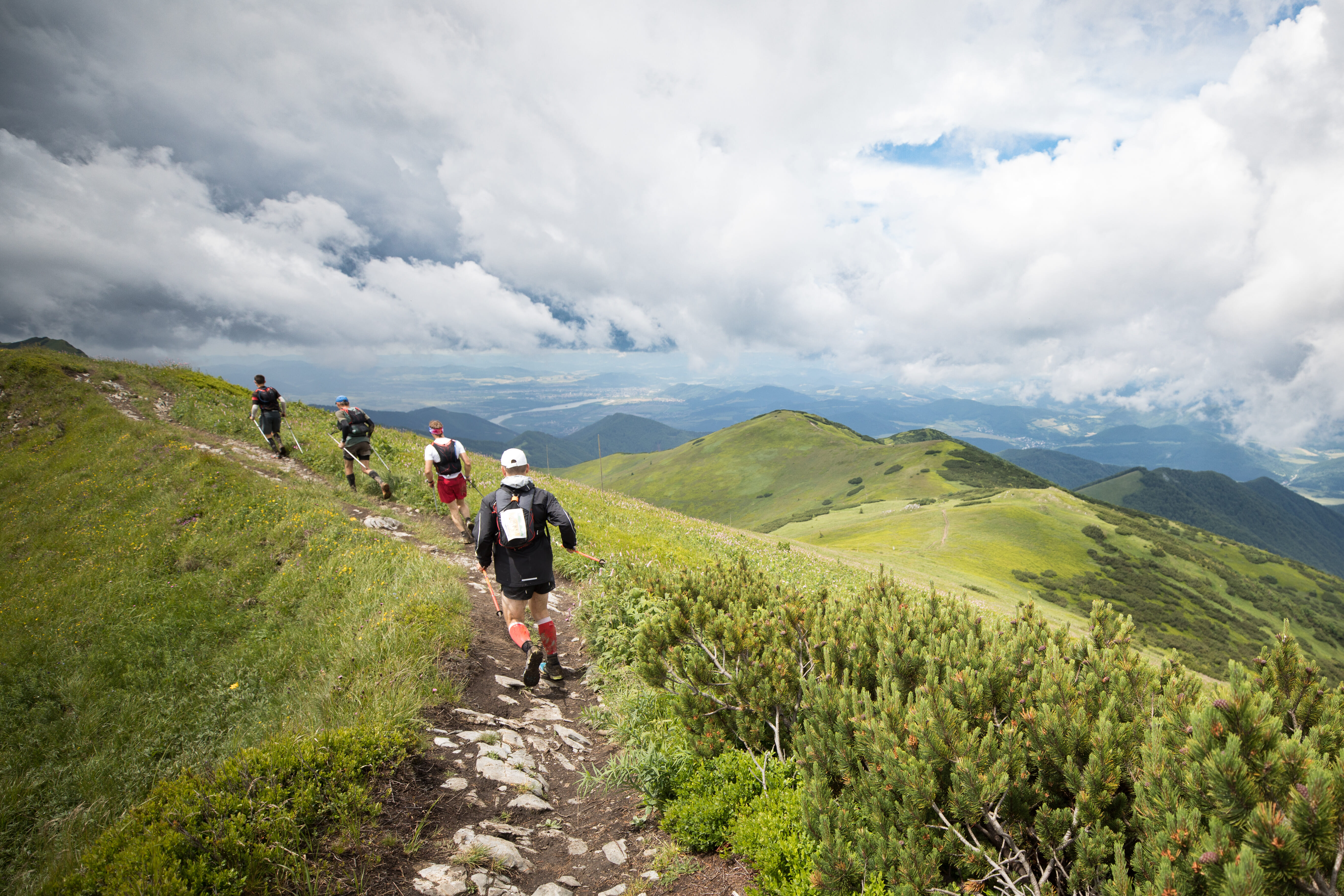Running
Fresh air, sun, nature and ever-changing landscapes make running outdoors one of the most stimulating workouts for the mind, body and soul. The uneven terrain of trail running in particular engages different muscle groups, improving balance and core strength and gives a sense of freedom and connection with nature that reduces stress and anxiety. Start running outdoors to discover your physical and mental potential.
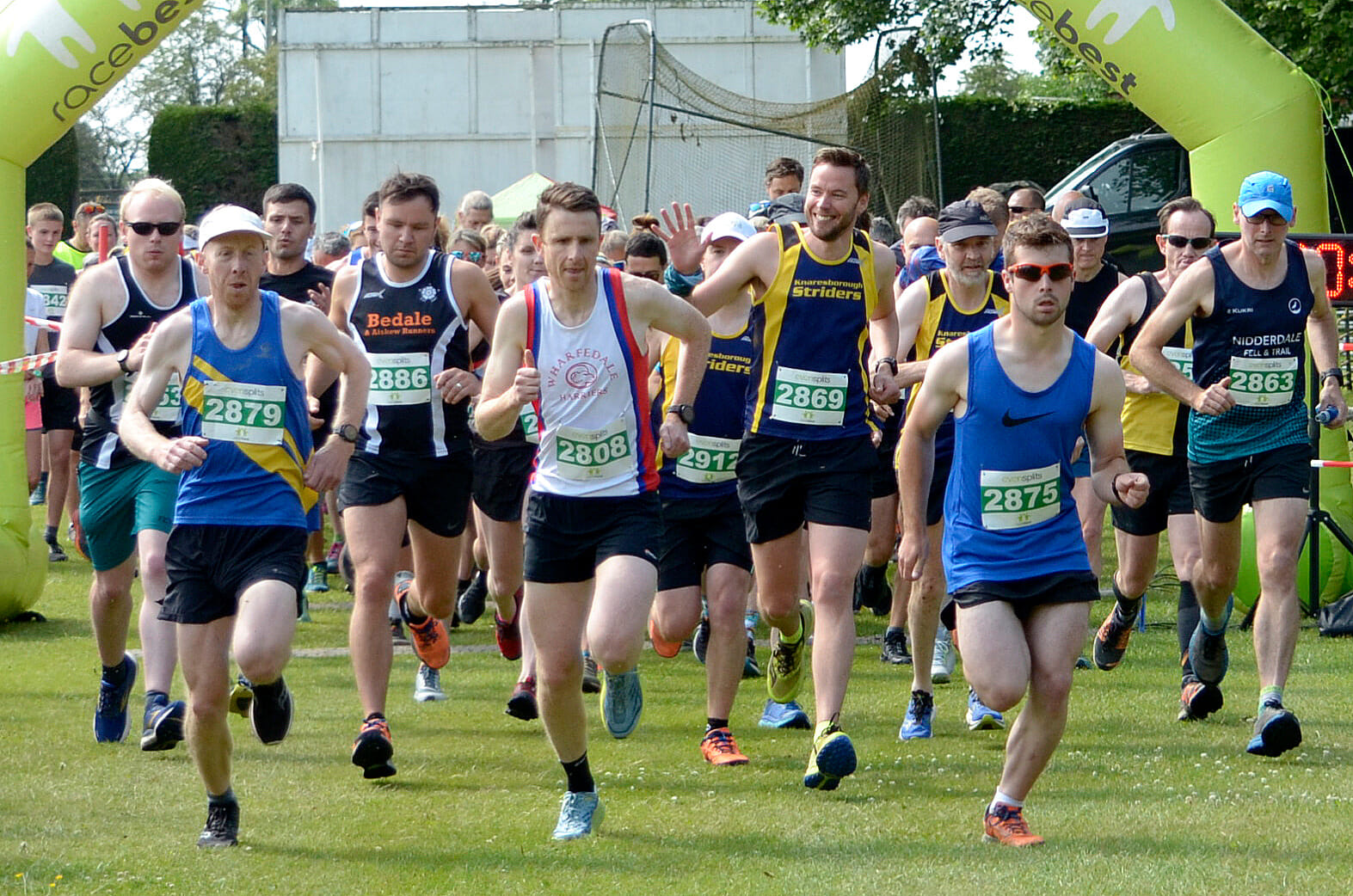
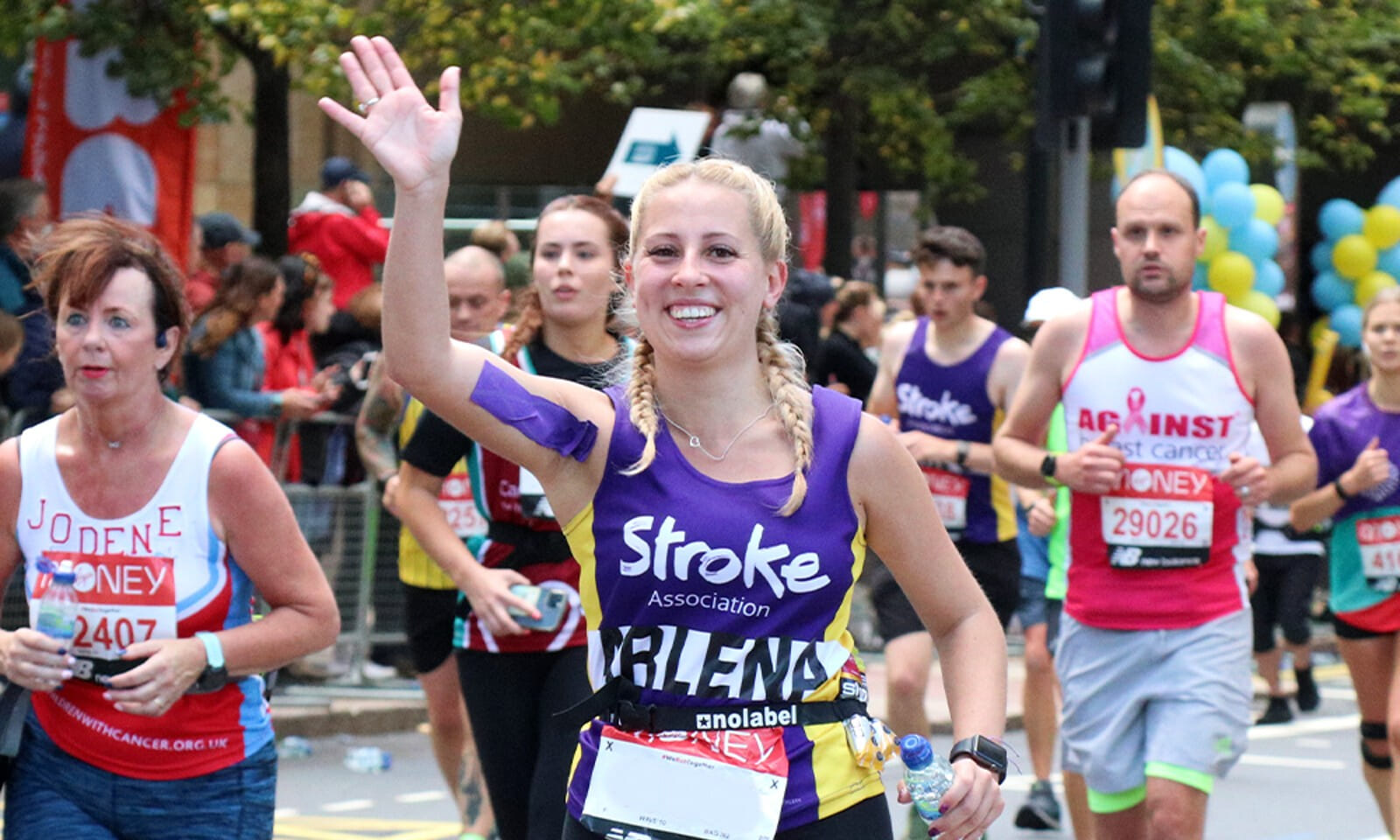



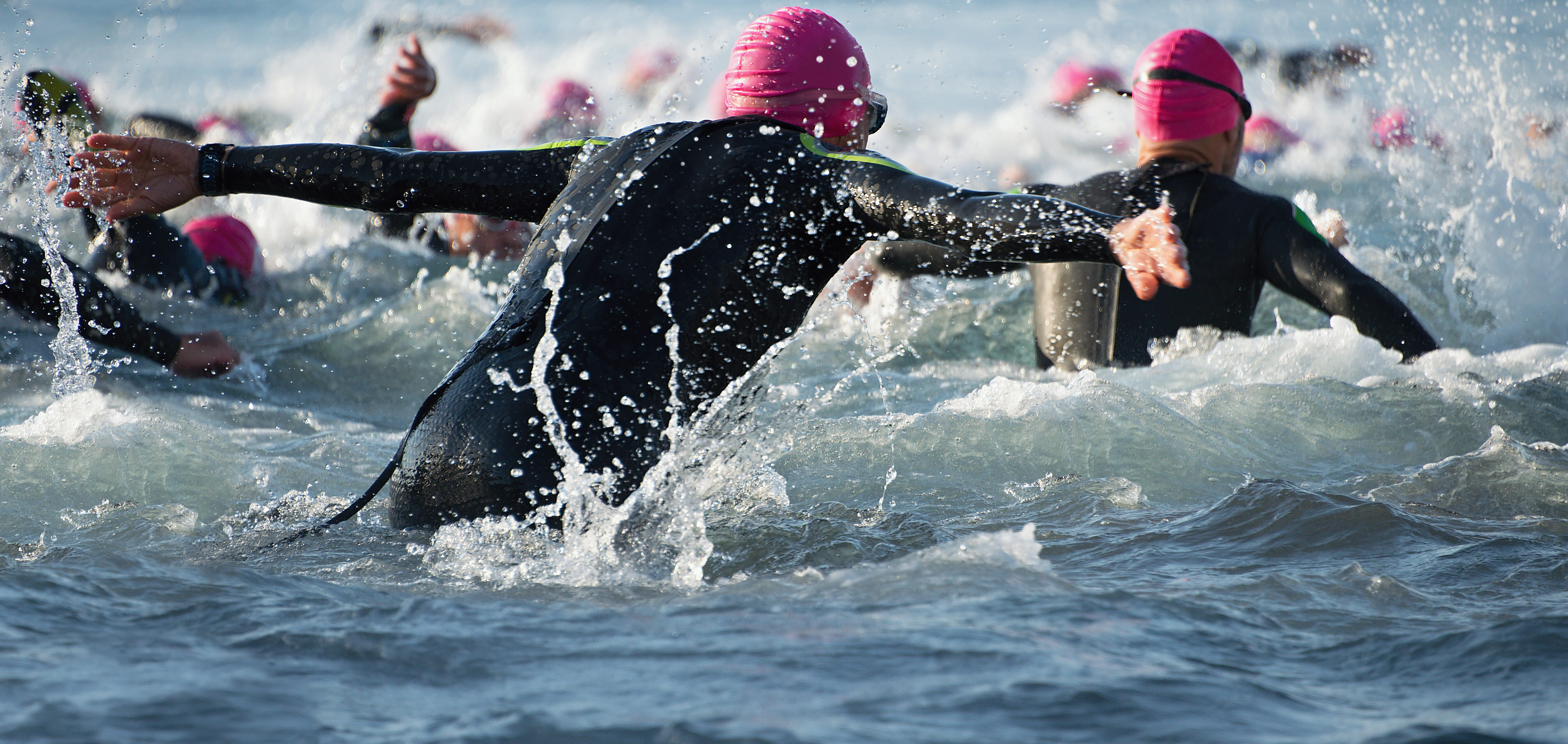
Running guides
Discover event-specific advice and round-ups of the best events in the UK and abroad!
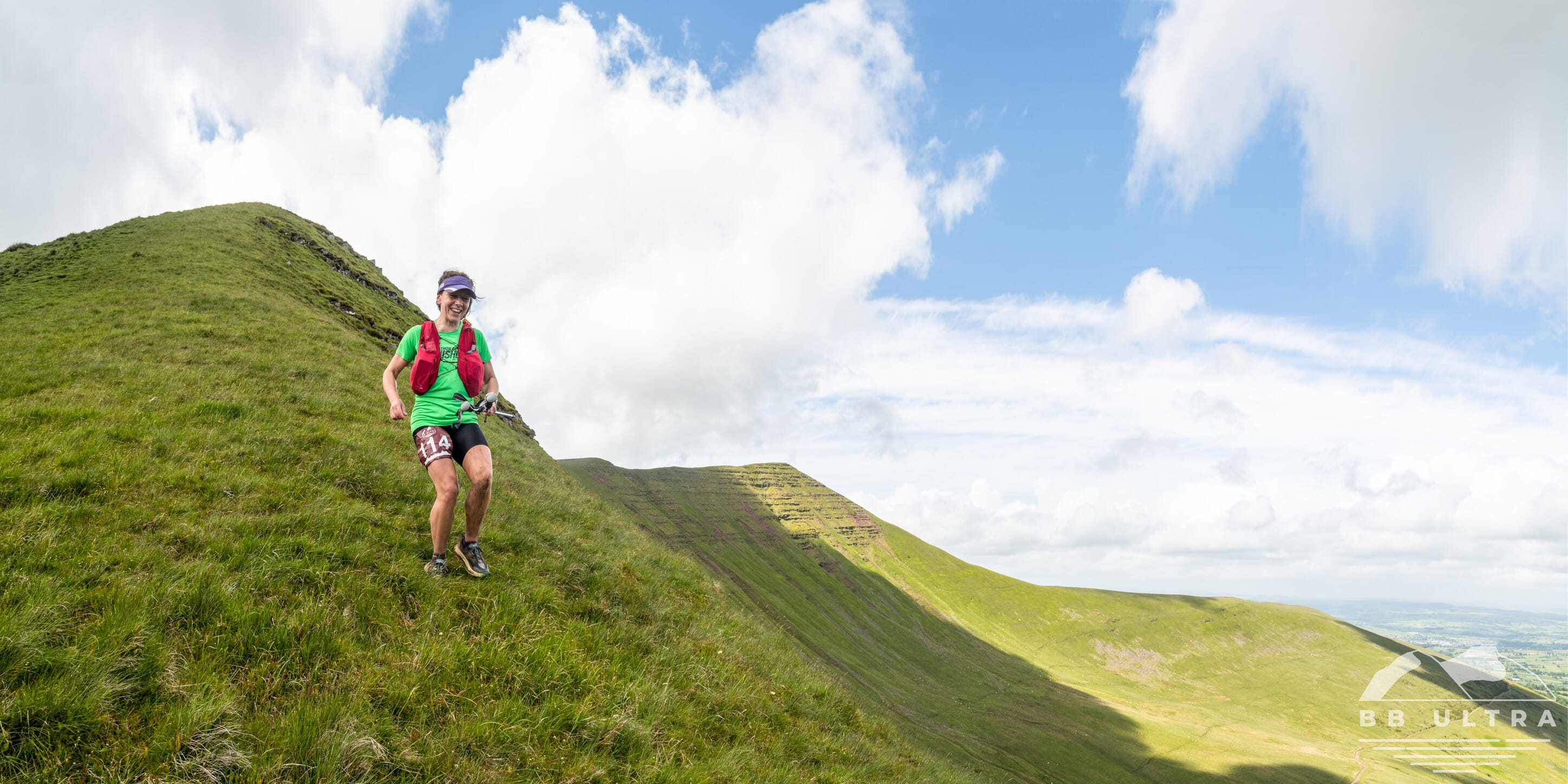
- 10 mins read
The best runs that you've never heard of
To celebrate Global Running Day, we're rounding the best unsung marathons, half marathons and more in the UK!
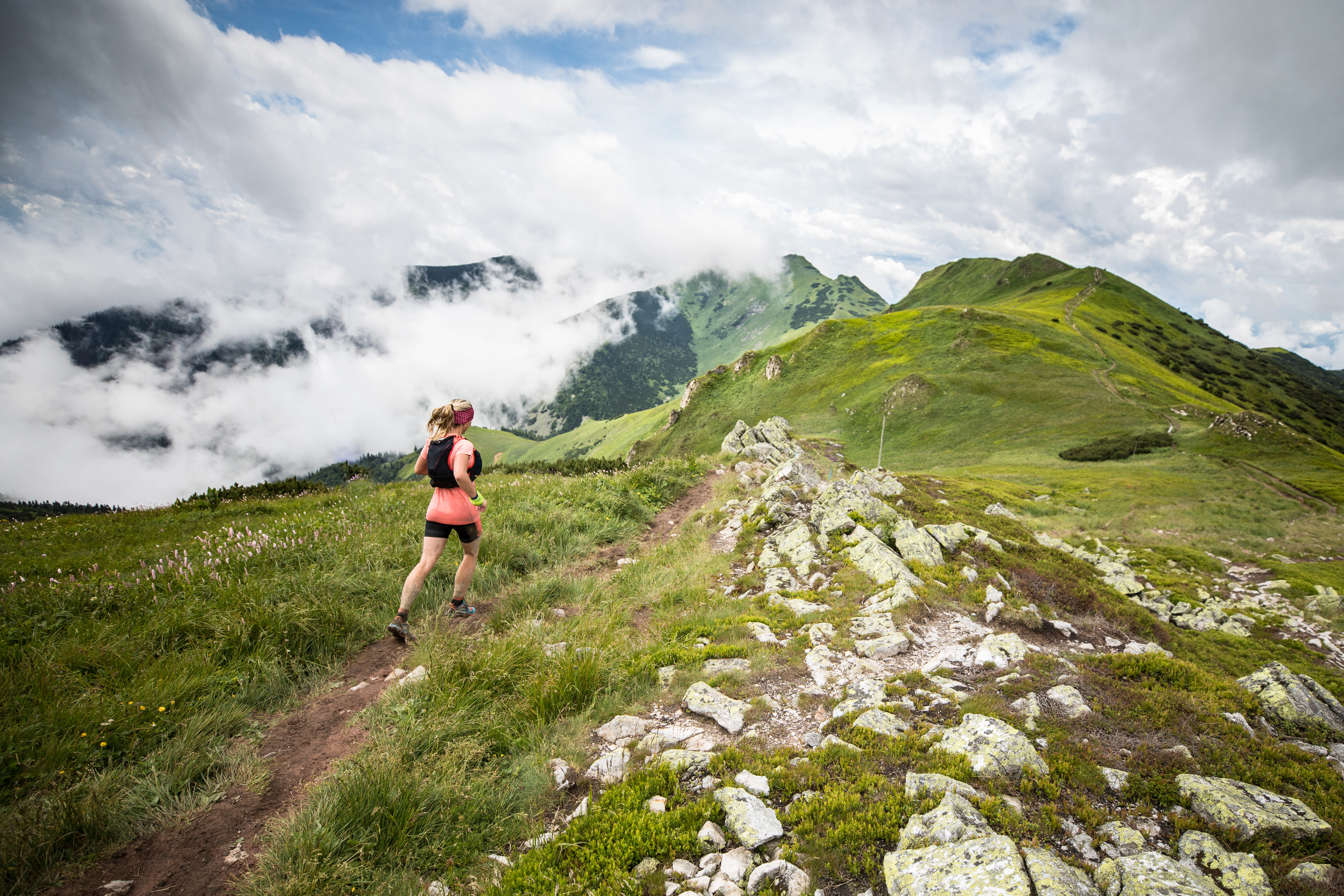
- 10 mins read
The best trail runs this summer
Head off-road and into a world of epic trail running this summer, exploring the mountains, forests and coastlines of the UK.
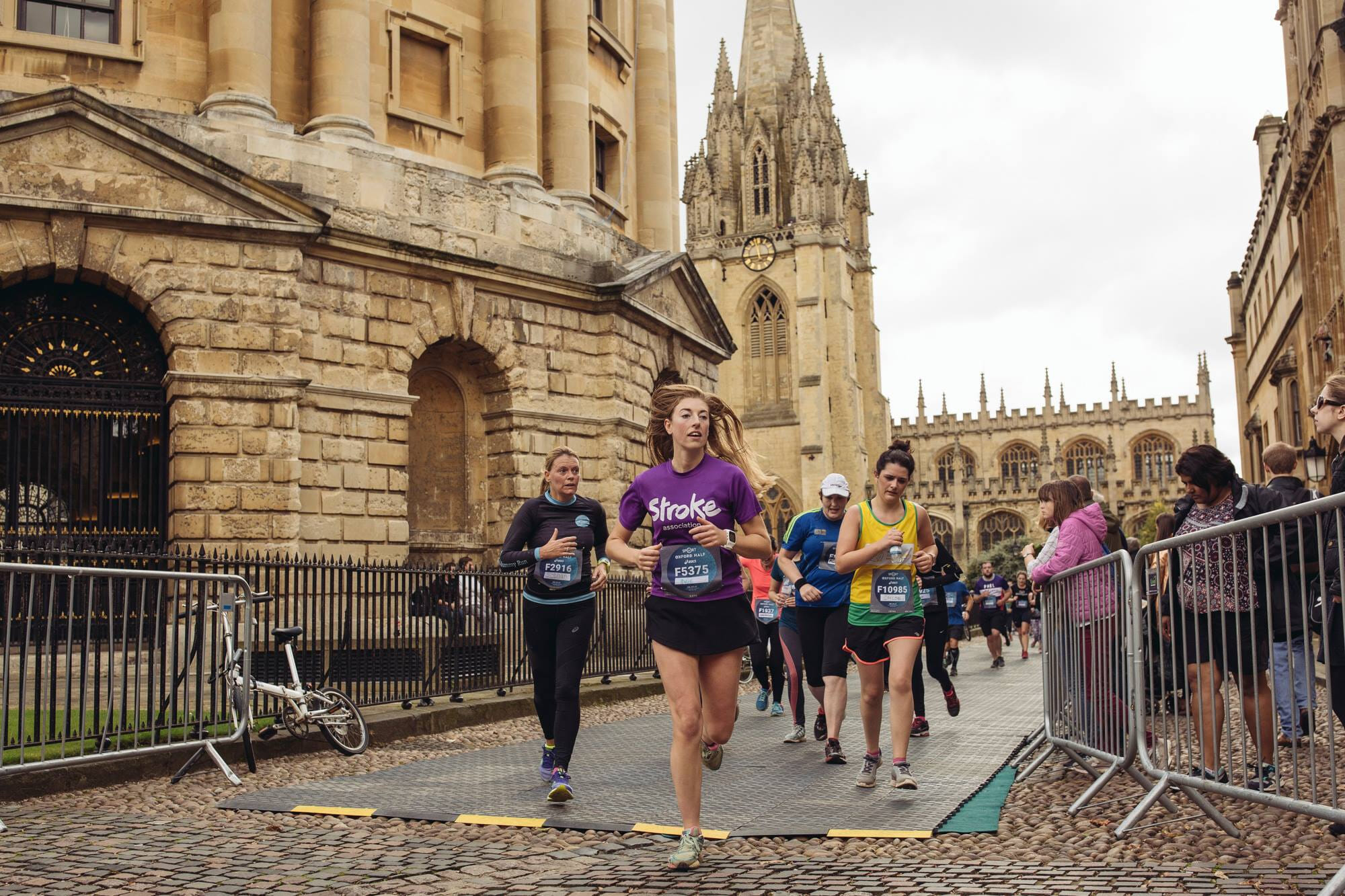
- 5 mins read
Best autumn half marathons
Enjoy the sensational atmospheres and fast courses at these half marathon races, from the world's biggest half to the UK's fastest half marathon.
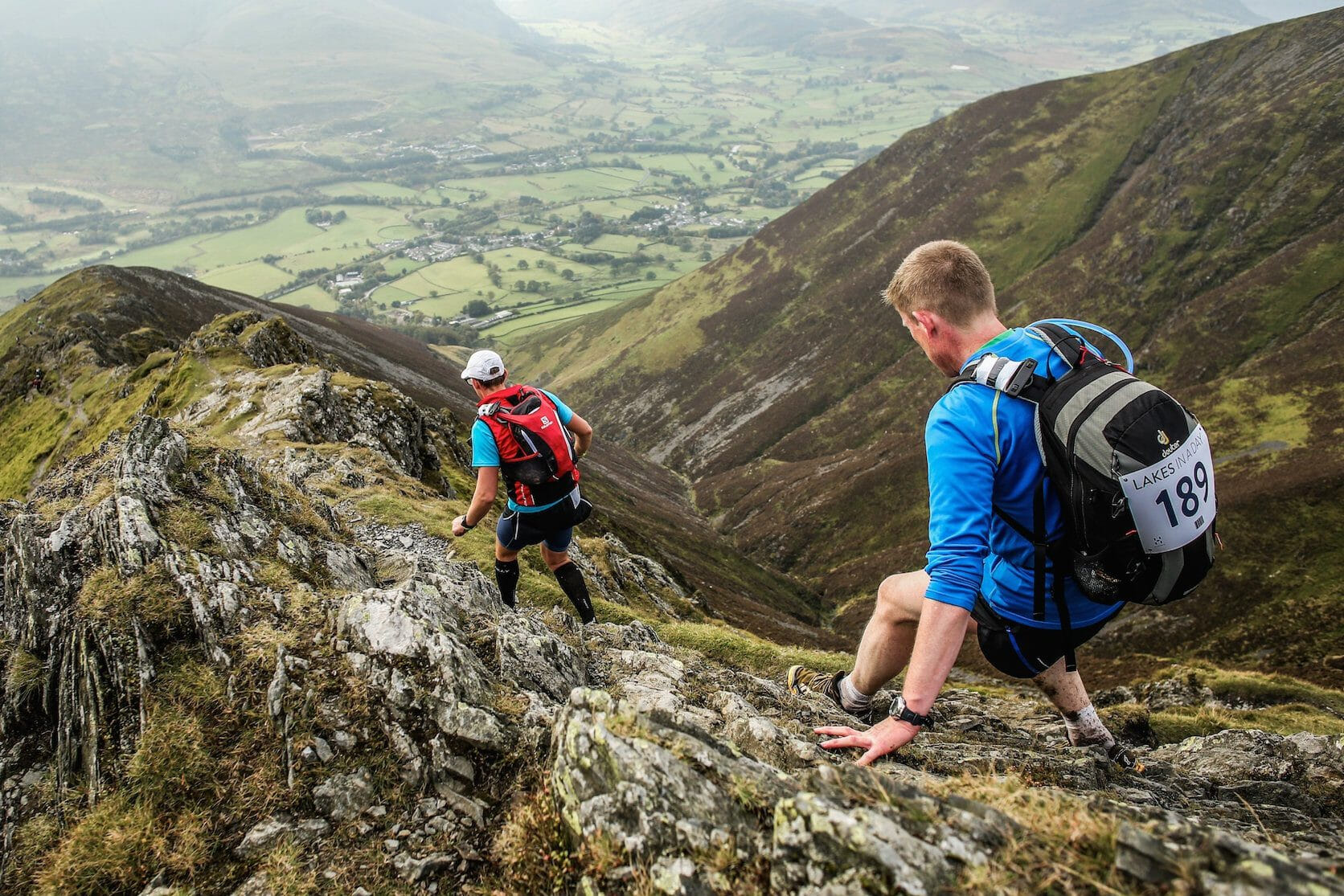
- 8 mins read
10 best ultra marathons in the UK
Take on an epic endurance challenge with one of the most popular ultra runs in the UK, from traditional fell runs to the UTMB World Series!
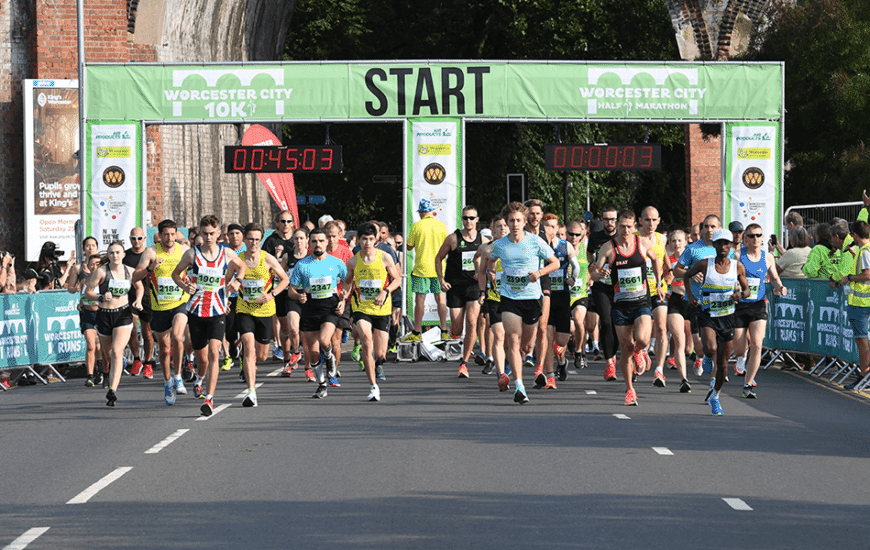
- 10 mins read
What is the best 10K near me?
6.2-miles is the perfect distance for beginner runners and experienced athletes alike, with hundreds of runs around the UK - find the best 10K in your local region right here.
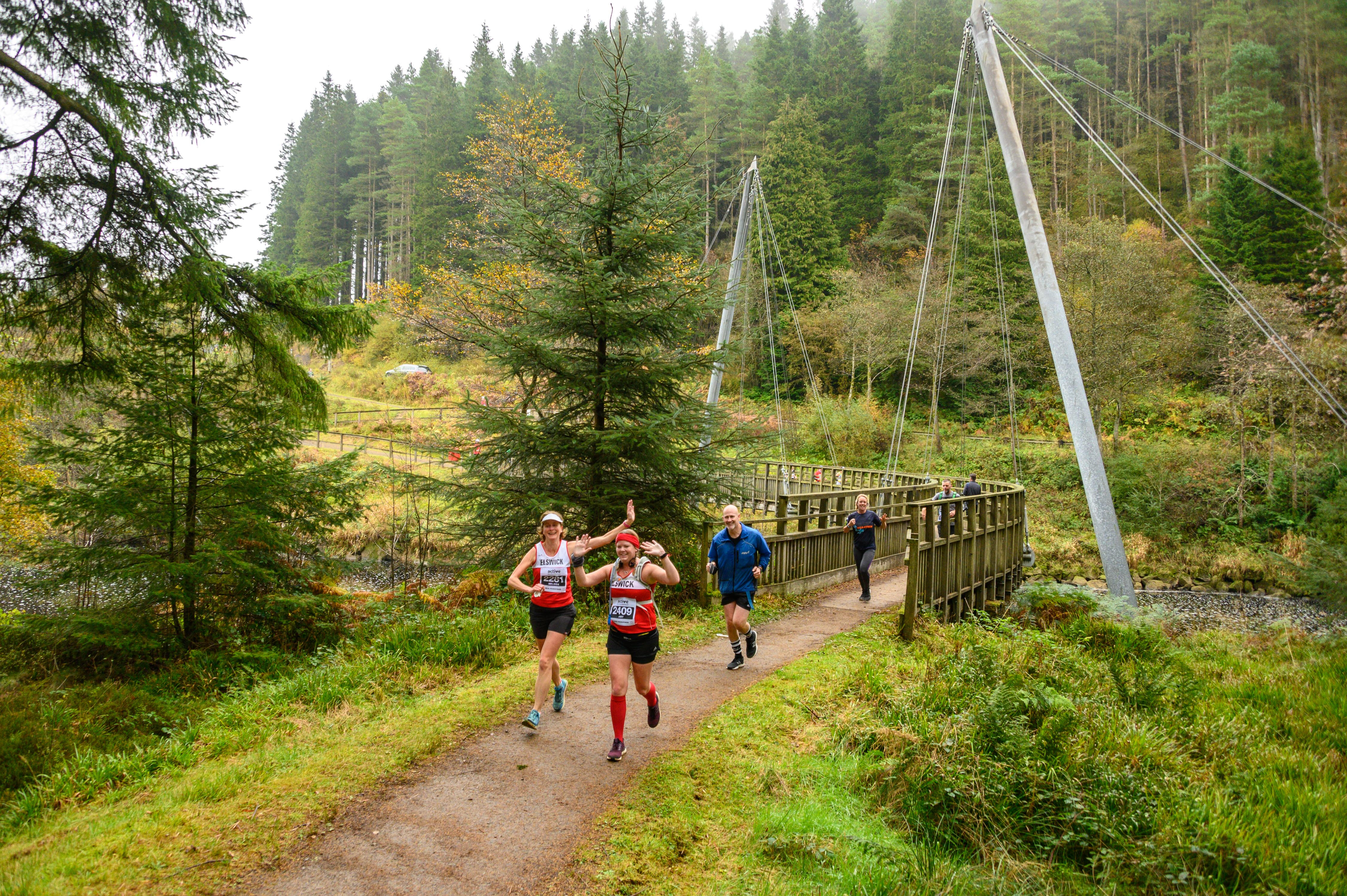
- 5 mins read
10 best autumn marathons
Looking for a fresh challenge this year? Sign up to an end-of-season marathon to focus your training through the summer and finish the year on a high!
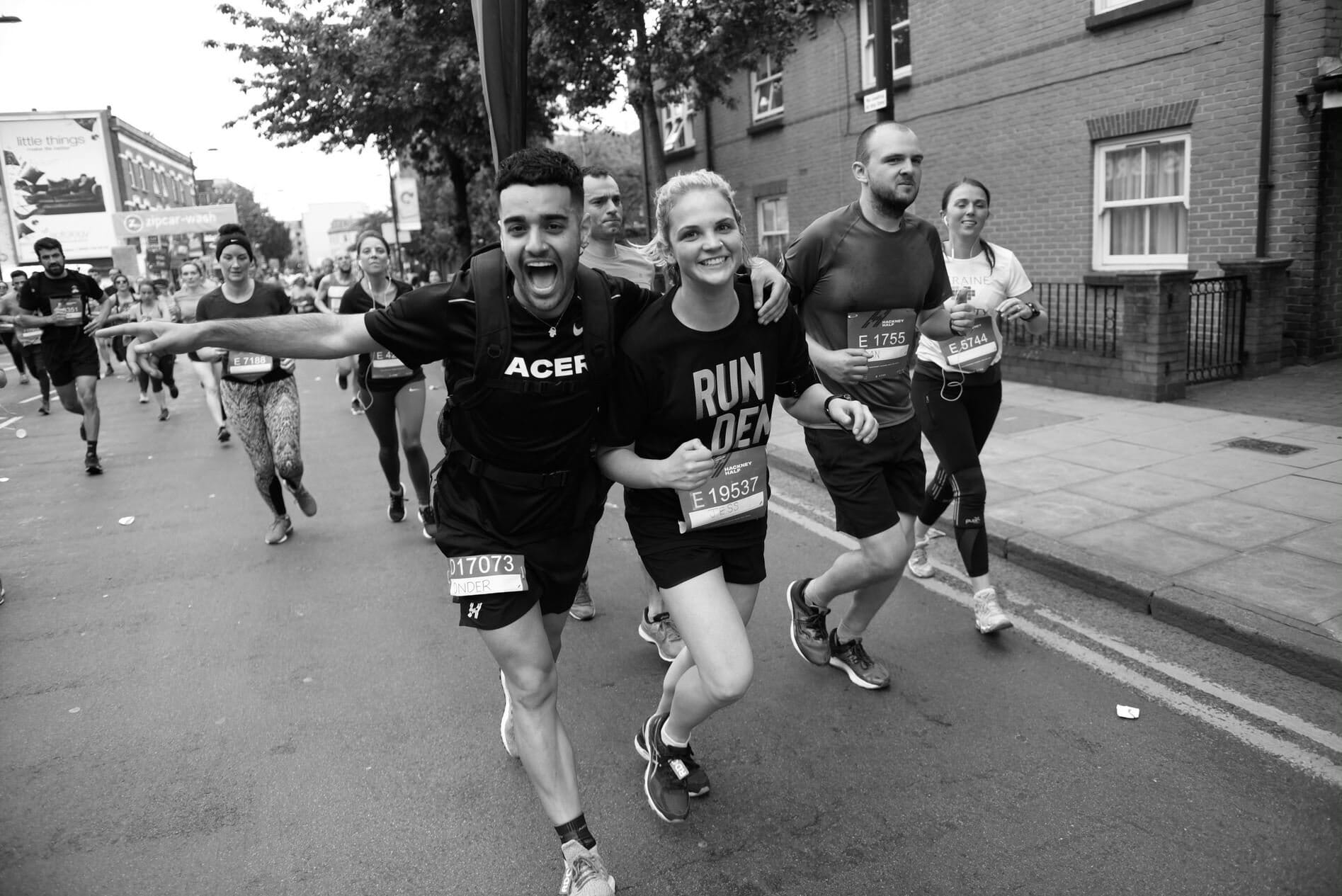
- 5 mins read
4 reasons why the Hackney Half is the ideal charity challenge
Fusing fast running with an electric atmosphere and community spirit, the Hackney Half celebrates the very best of East London.
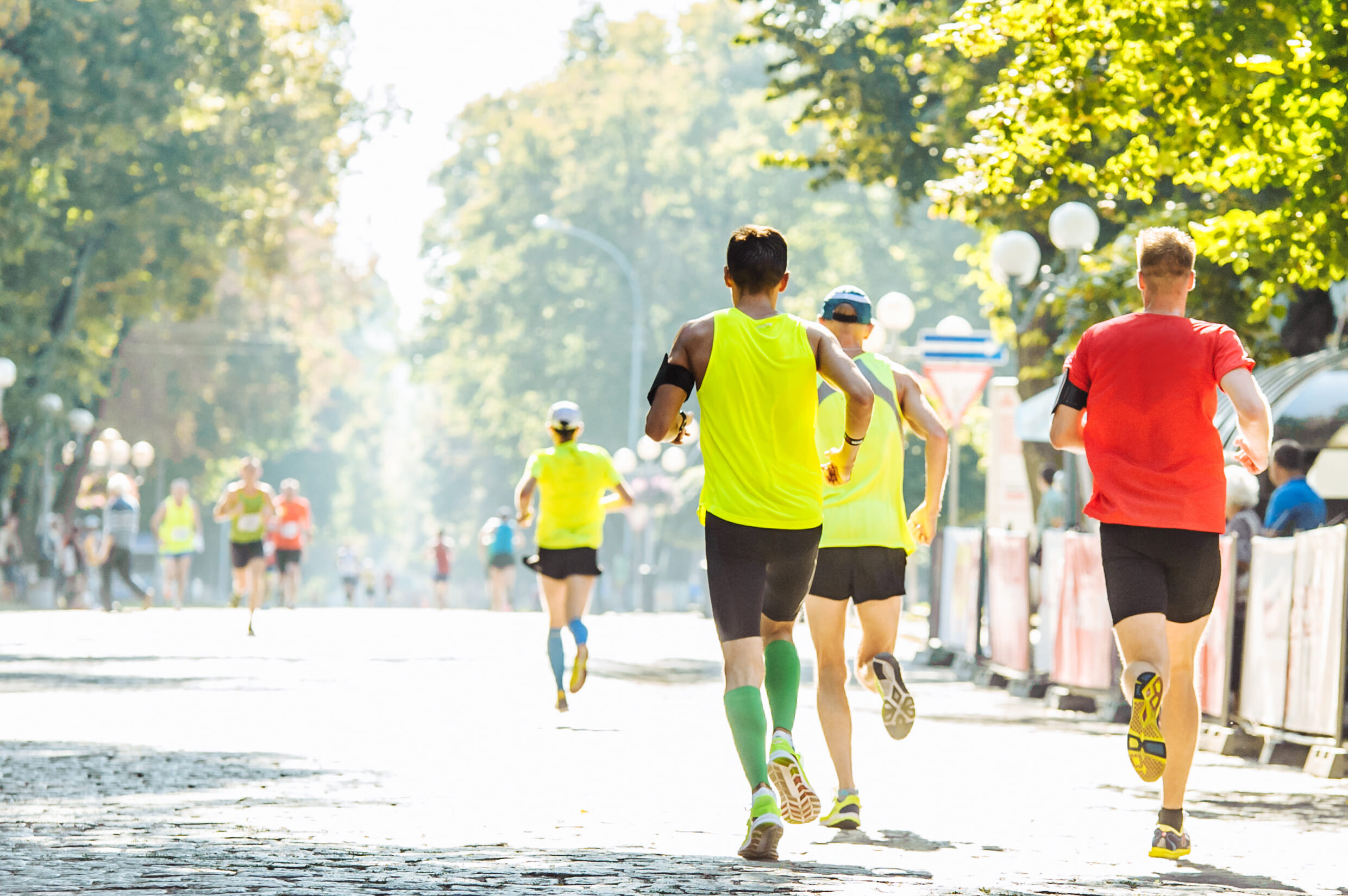
- 12 mins read
What is the best marathon for running a PB?
Chasing a fast marathon time is as much about picking the right course as training hard! Check out our selection of the fastest and flattest marathons in the UK.
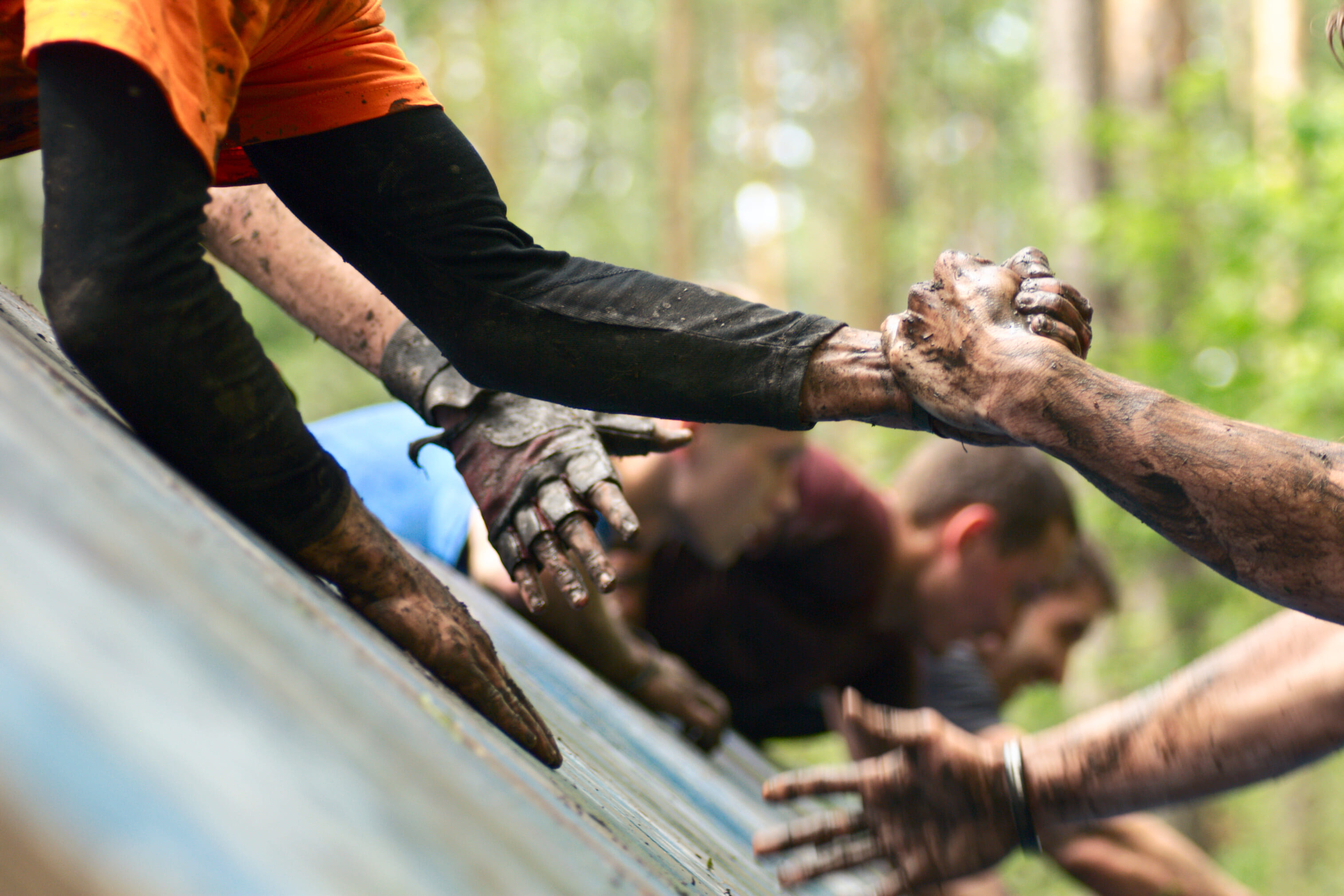
- 5 mins read
3 reasons to run an obstacle course race for charity
Elevate your race day experience by raising money for a great cause, connecting with other people and enjoying a discounted entry fee!

- 10 mins read
Why is the Great Manchester Run the biggest 10K in Europe?
With thousands of runners taking part each year, this headline race is Manchester's original and greatest running event - here's why you should be there in 2024!
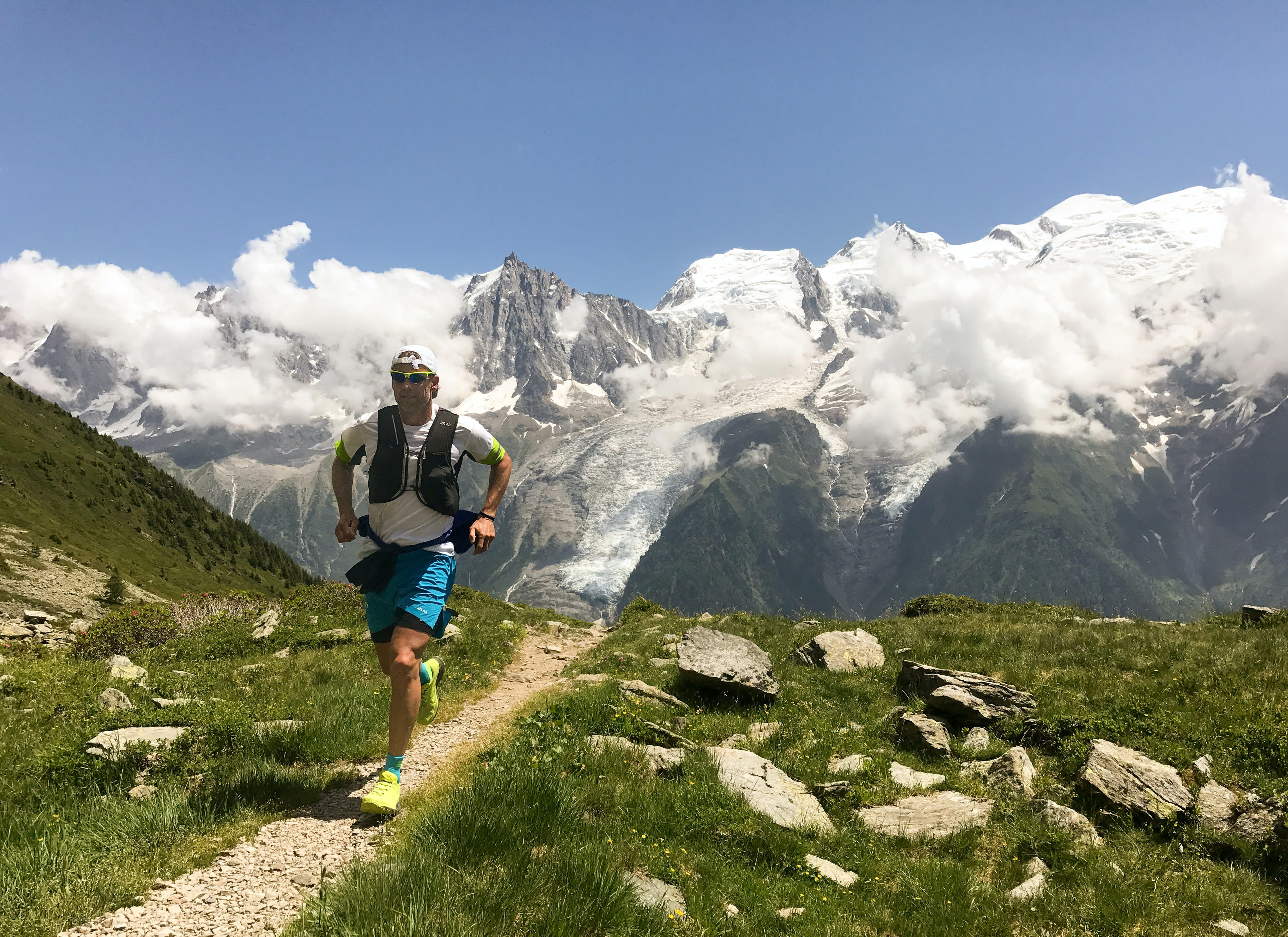
- 5 mins read
5 things you need to know before your first ultra
Ultra marathons are some of the greatest tests of endurance on the planet and yield unforgettable experiences - if you're well prepared.
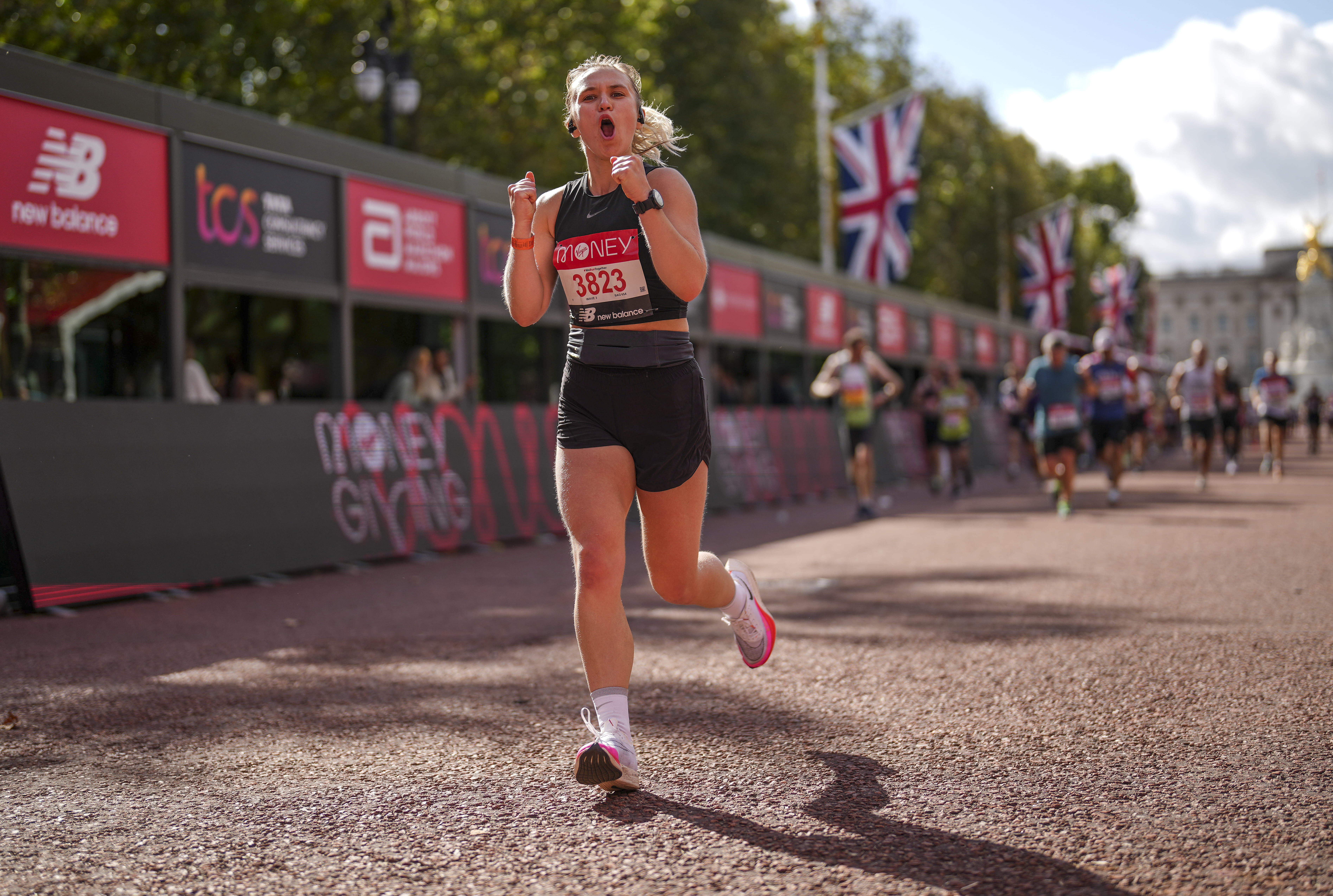
- 5 mins read
Run a marathon for charity
Whether it's your first or fifth marathon, entering a 26.2-mile race on behalf of a charity will elevate your experience! Here's how to get started.
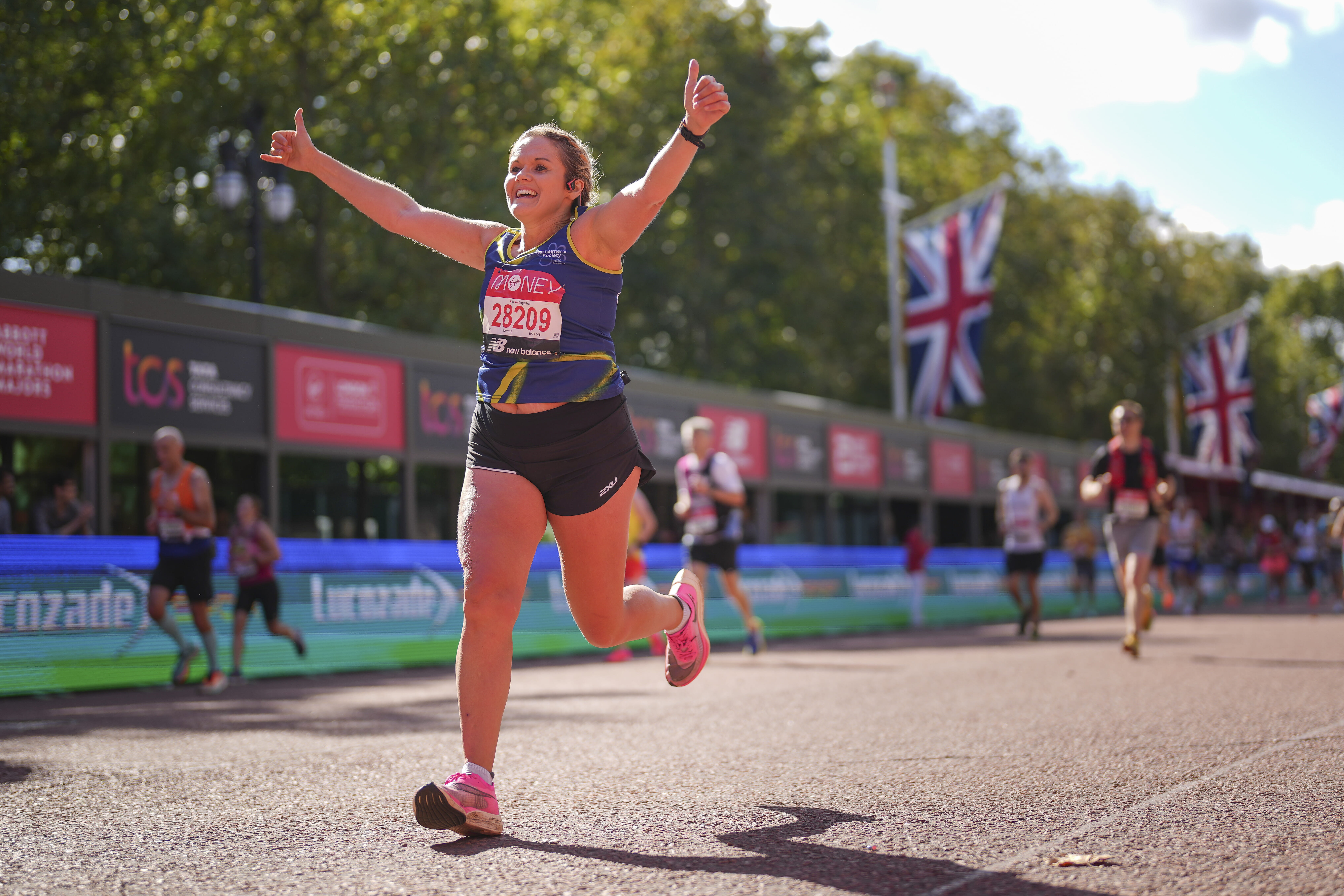
- 10 mins read
Running your first marathon
Signing up to run 26.2 miles for the first time will be one the most rewarding decisions you ever make! This guide has everything you need to get started, from training tips to a basic kit list.
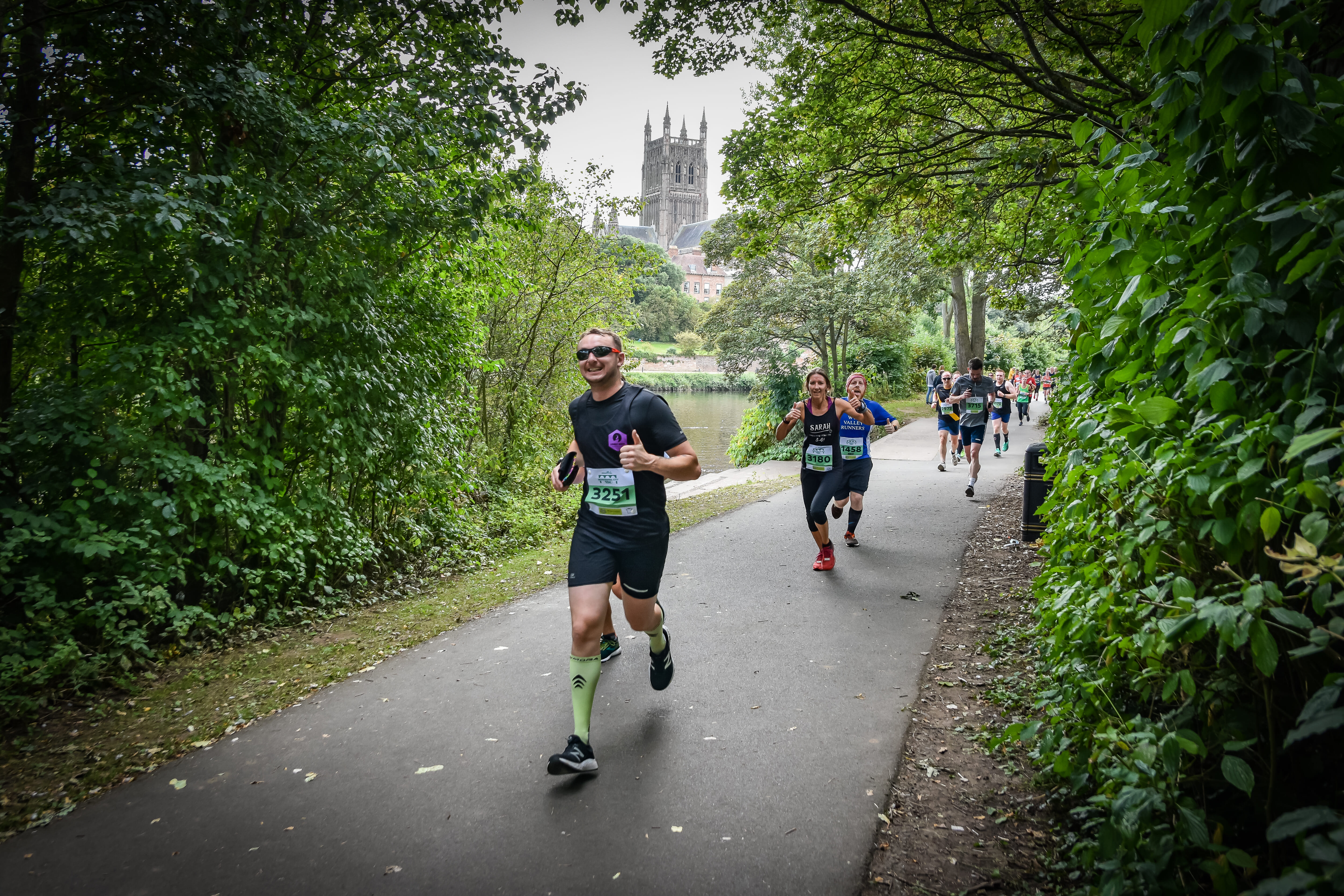
- 10 mins read
Running your first half marathon
Signing up to a half marathon for the first time can be both exciting and daunting in equal measure! This guide will run you through how to train for it and what to expect on the day.
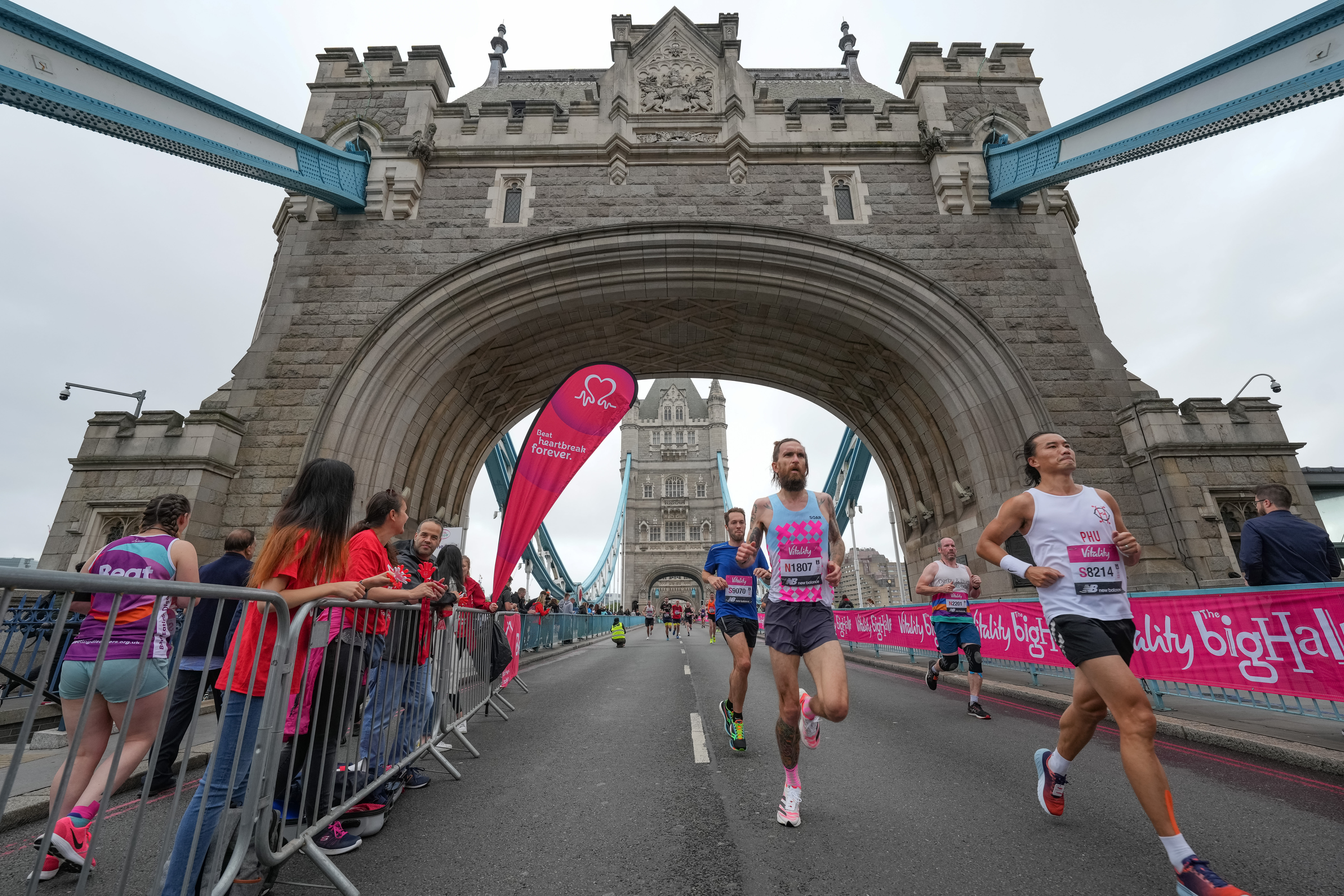
- 5 mins read
How long is a half marathon anyway?
The short answer: 13.1 miles. Understanding what that looks and feels like isn't that simple, though, so we've set out what it's like to run a half marathon bit by bit!
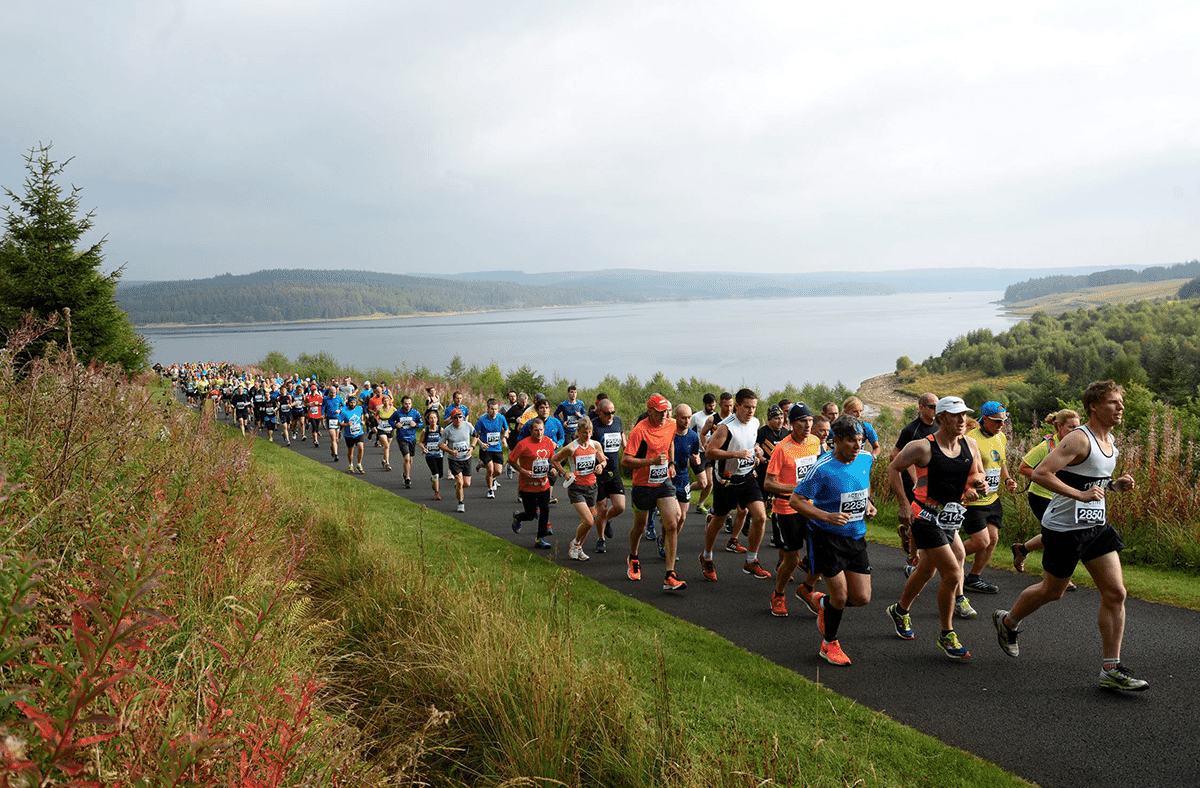
- 10 mins read
What is the best half marathon near me?
Looking for a half marathon this year? This is your guide to the best half marathons in the UK, organised into regions so you can find a race near you!
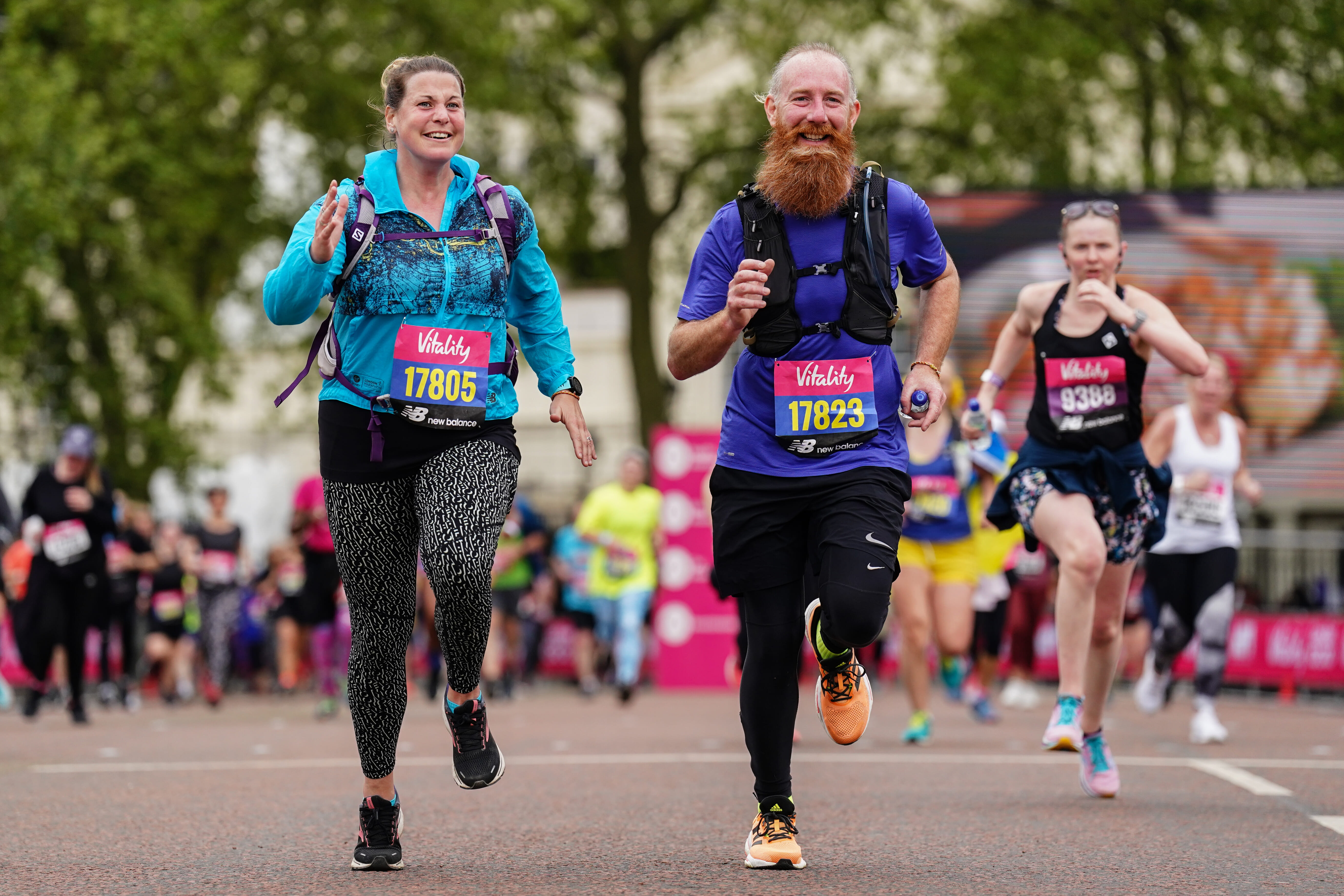
- 10 mins read
10K tips for beginner runners
This popular distance is great for both racing and exploring local trails, but where do you get started? Well, right here.
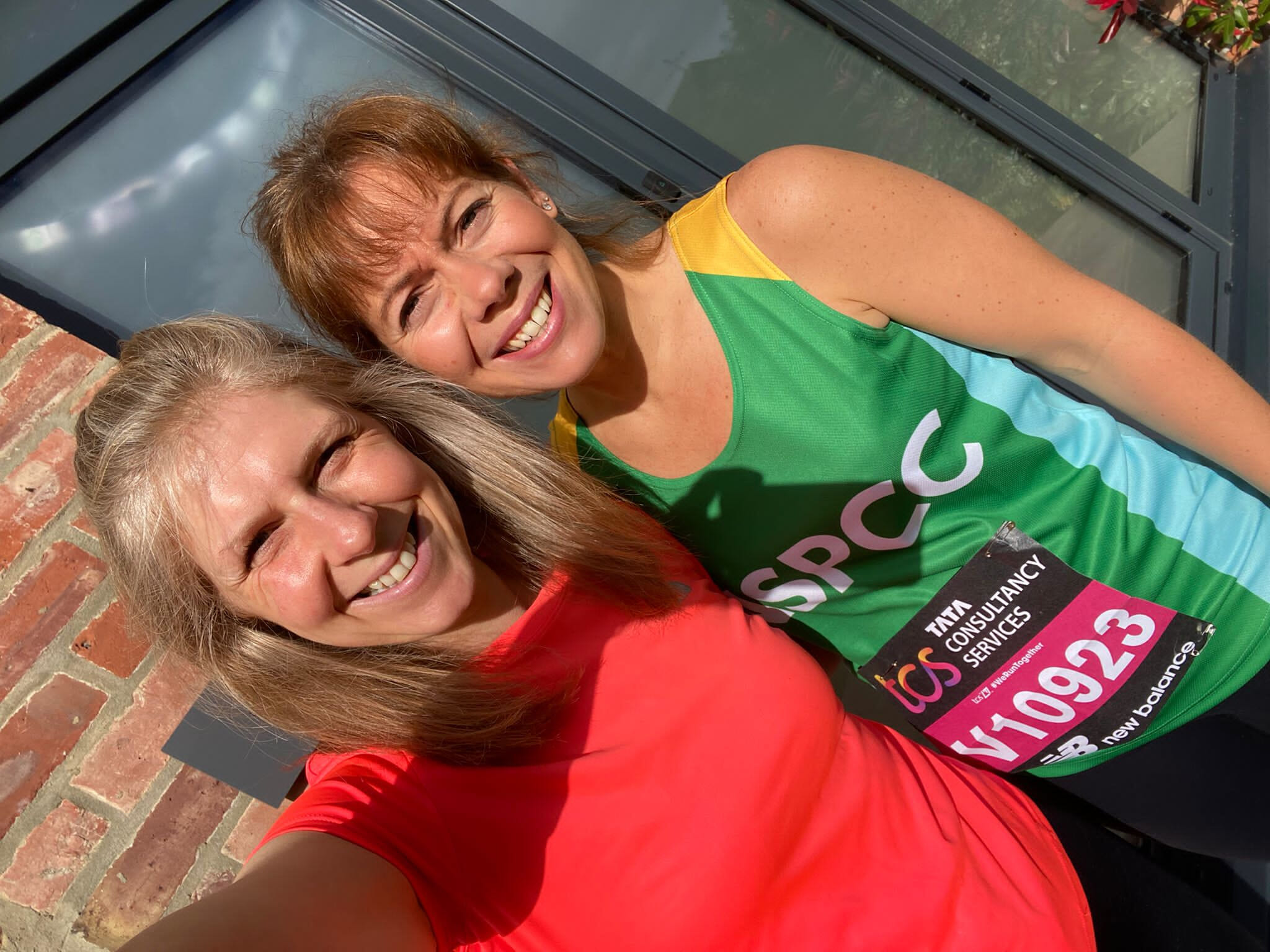
- 3 mins read
5 reasons to run the Virtual TCS London Marathon
Whether or not you entered the ballot for the TCS London Marathon, the virtual edition is a fantastic event with plenty to offer. Here's what we learned!
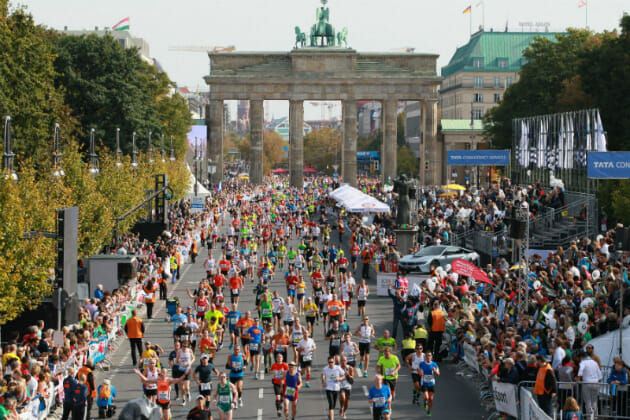
- 5 mins read
Your guide to the BMW Berlin Marathon
Considered to be the fastest marathon in the world, Berlin is a brilliant choice for any runner, whether it's your first 26.2-mile race or you're looking for a PB!
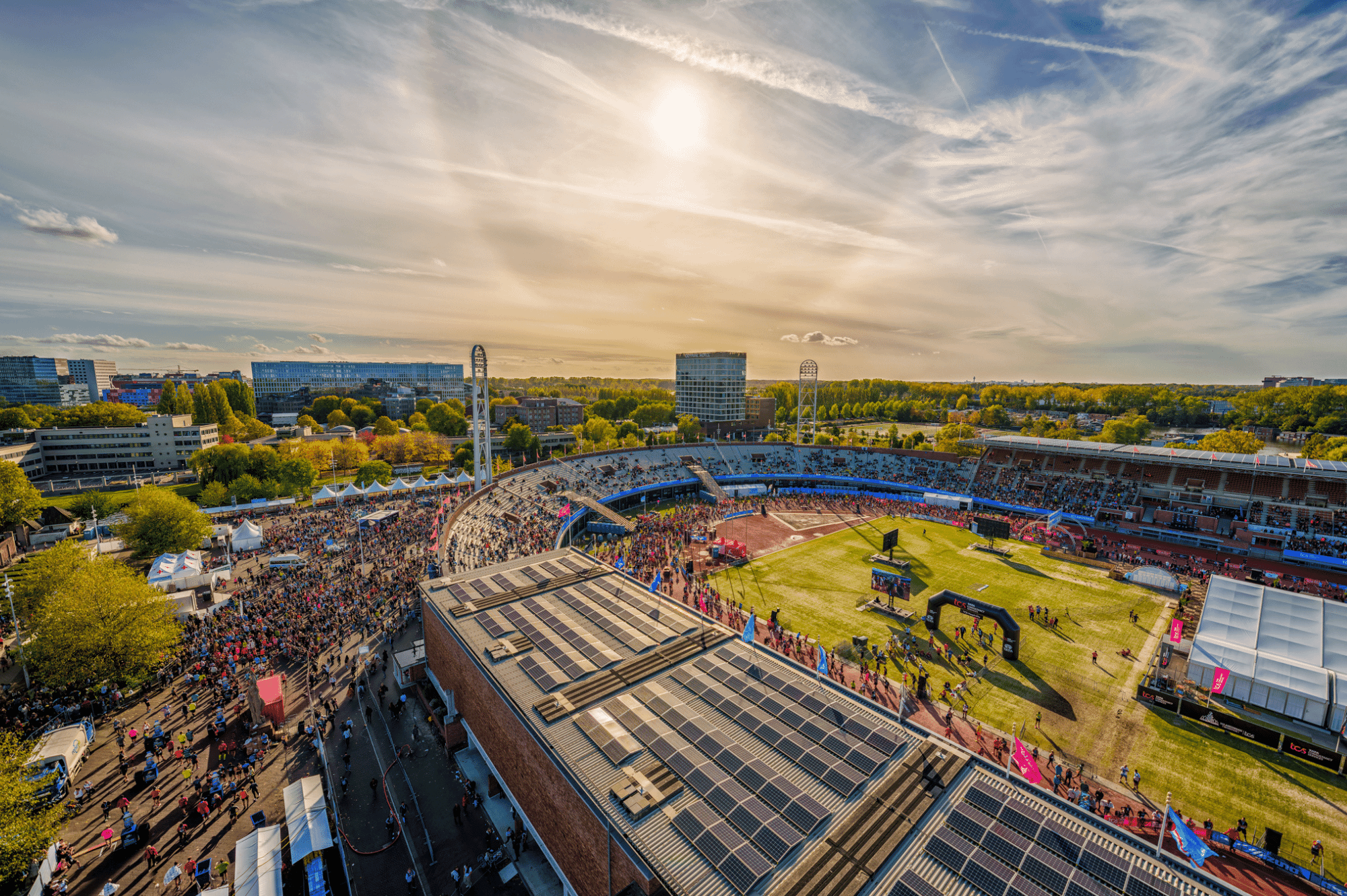
- 5 mins read
Your guide to the TCS Amsterdam Marathon
One of the fastest marathons in the world, Amsterdam is a brilliant fusion of a great running experience and a superb cultural immersion. This is everything you need to know!
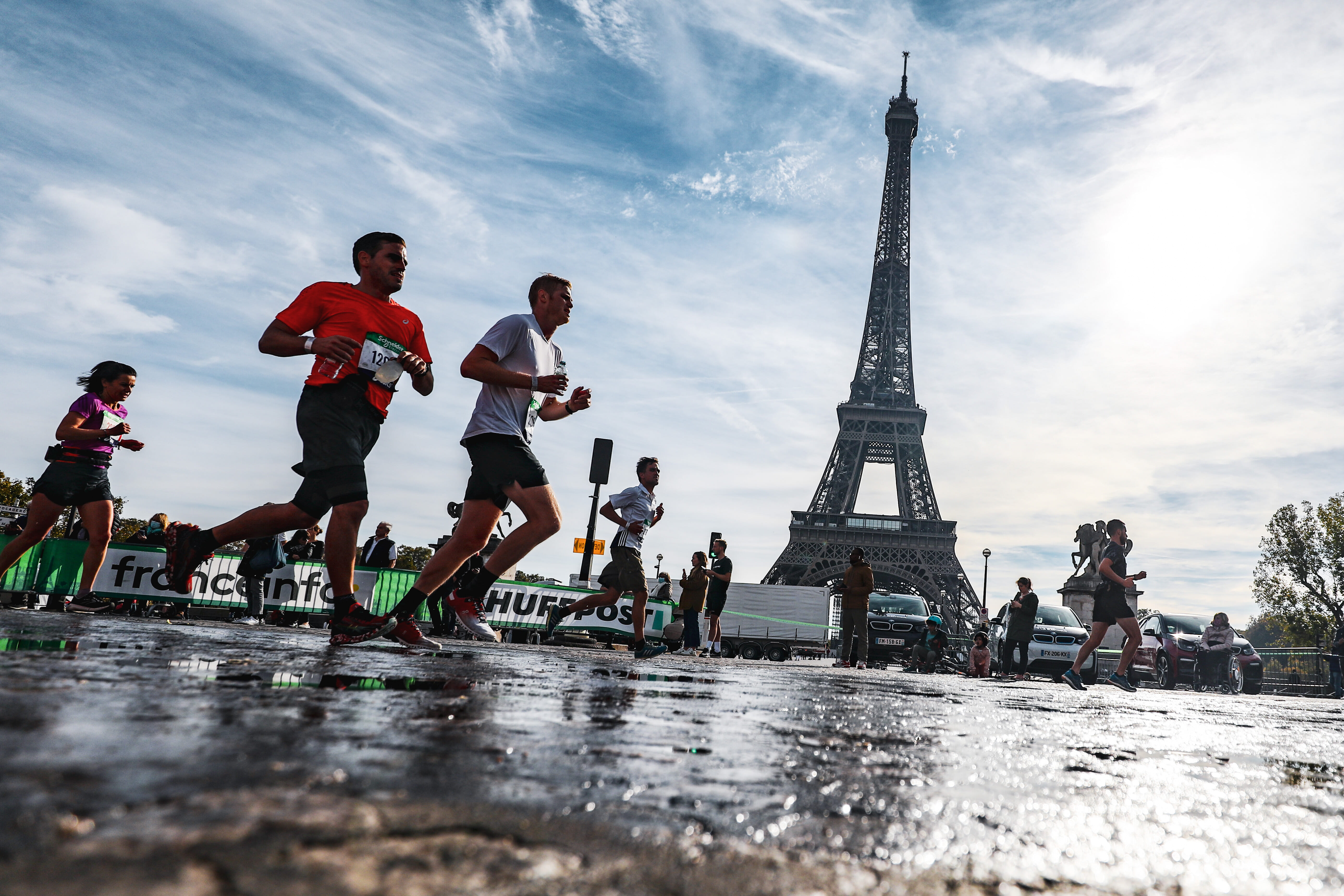
- 5 mins read
Your guide to the Paris Marathon
The second largest marathon in the world, the Schneider Electric Paris Marathon attracts 65,000 runners to the French capital for an incredible route and an international EXPO.
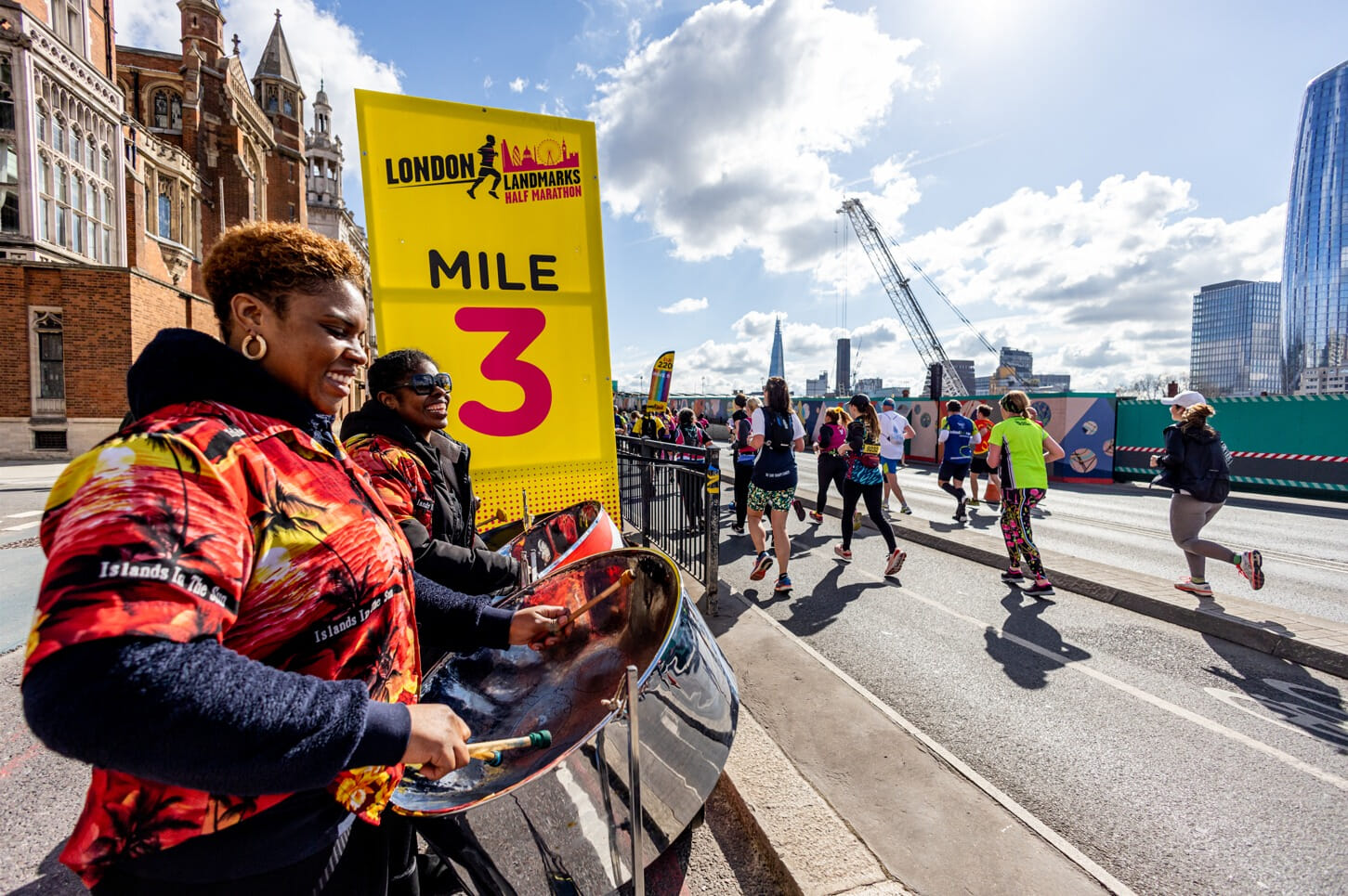
- 5 mins read
Your guide to the London Landmarks Half Marathon
The only half marathon to run through Westminster and the City of London, this is a fantastic race touring the capital's most iconic landmarks. This is everything you need to know about the race!
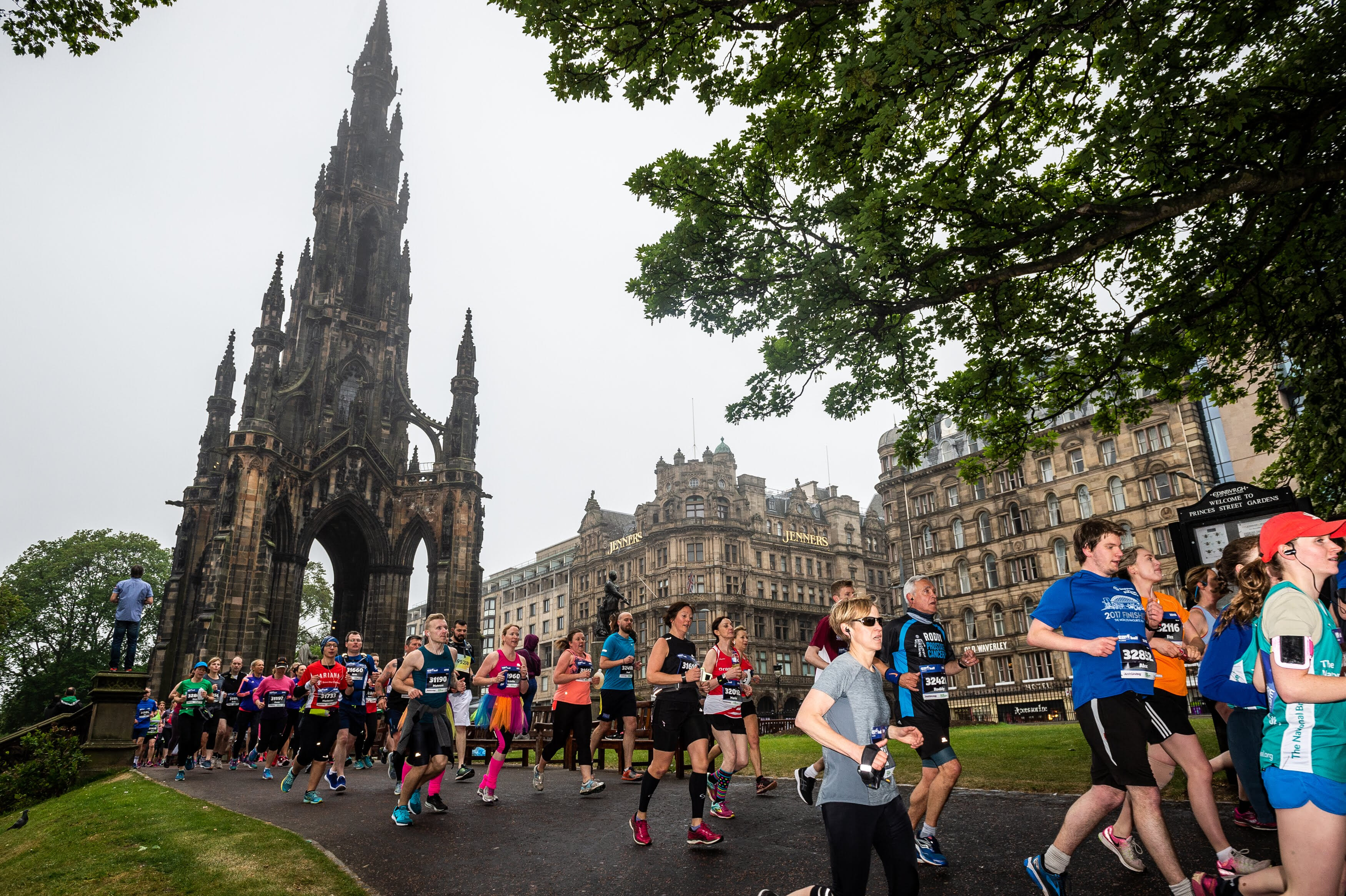
- 10 mins read
Your guide to the Edinburgh Marathon
Alongside the headline 26.2-mile run, there are eight other races to choose from at this vibrant festival in the Scottish capital.
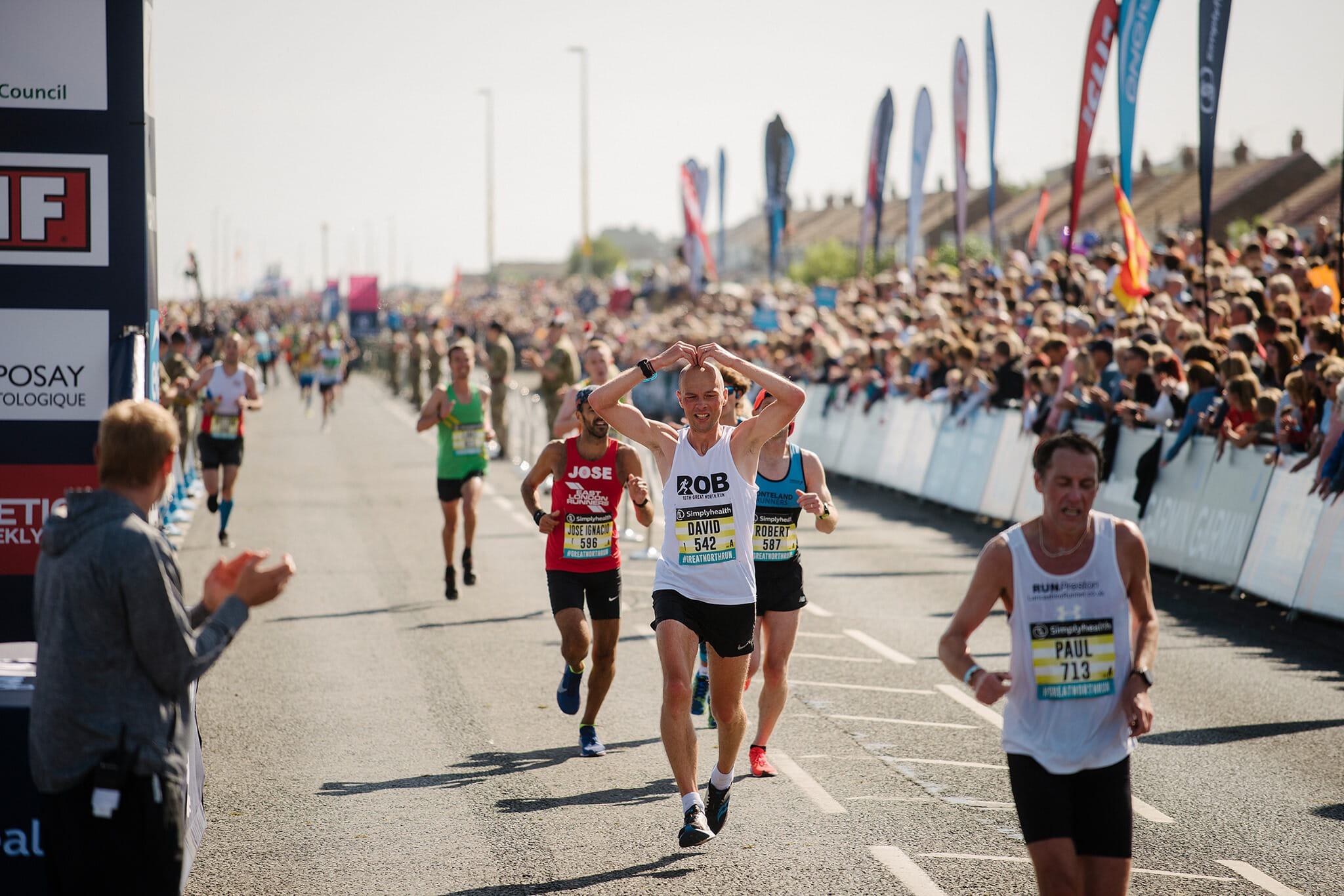
- 5 mins read
Great North Run: the complete race-day guide
First GNR or chasing a PB? Here’s your at-a-glance route brief, start-line plan, pacing tips and race-day logistics.

- 10 mins read
13 reasons to run the Great North Run
Electric crowds, the Tyne Bridge roar and a finish by the sea - here’s why GNR belongs on your bucket list.
